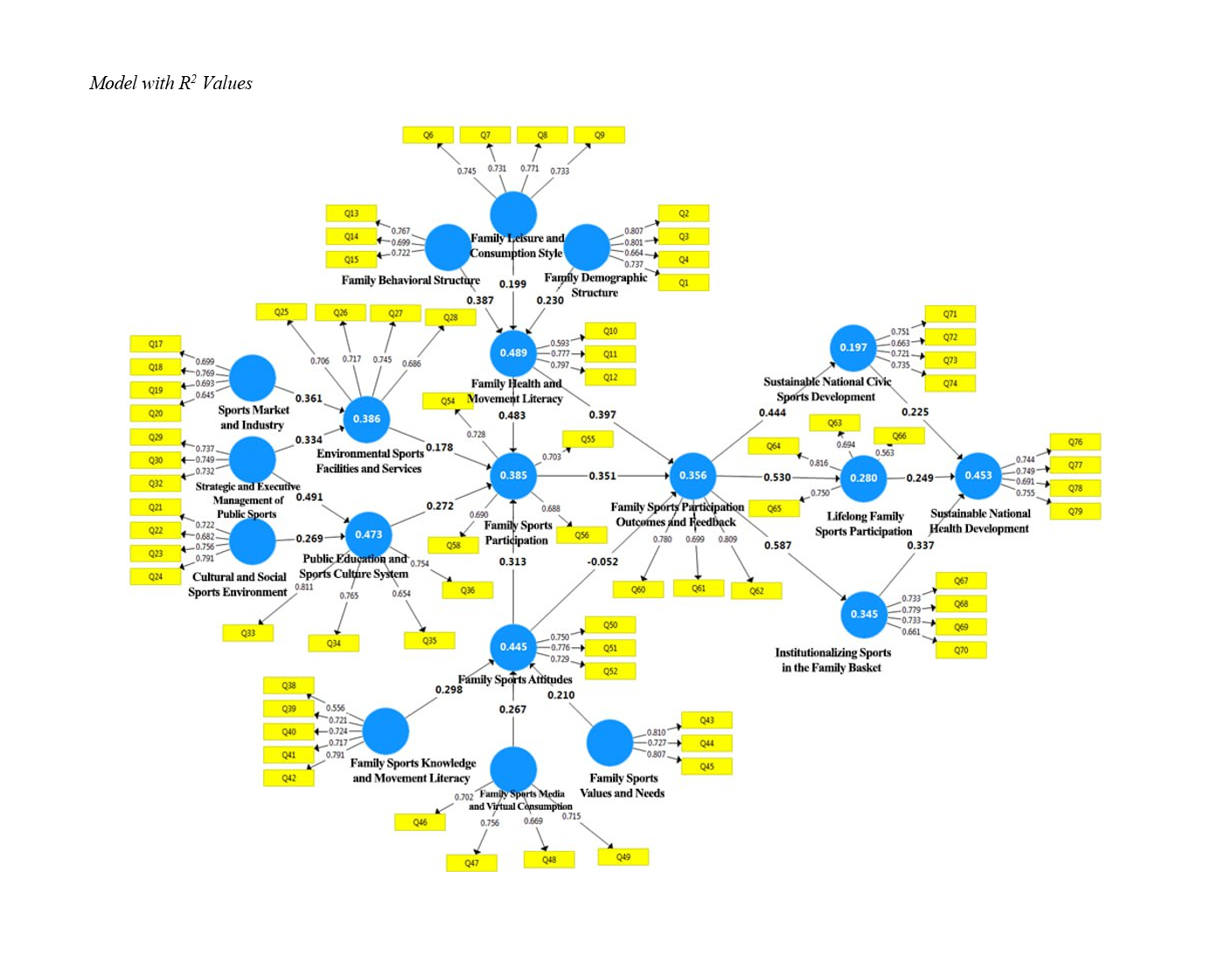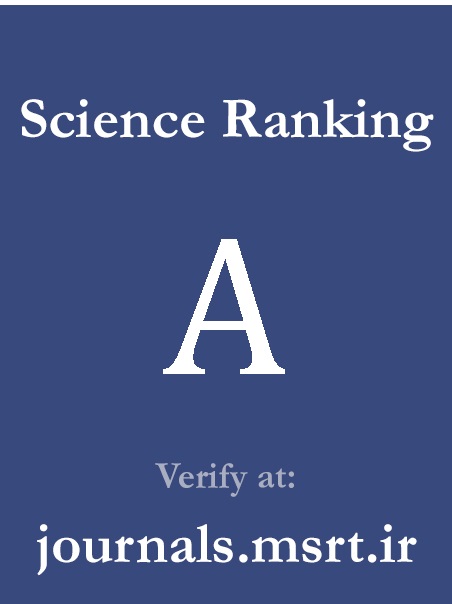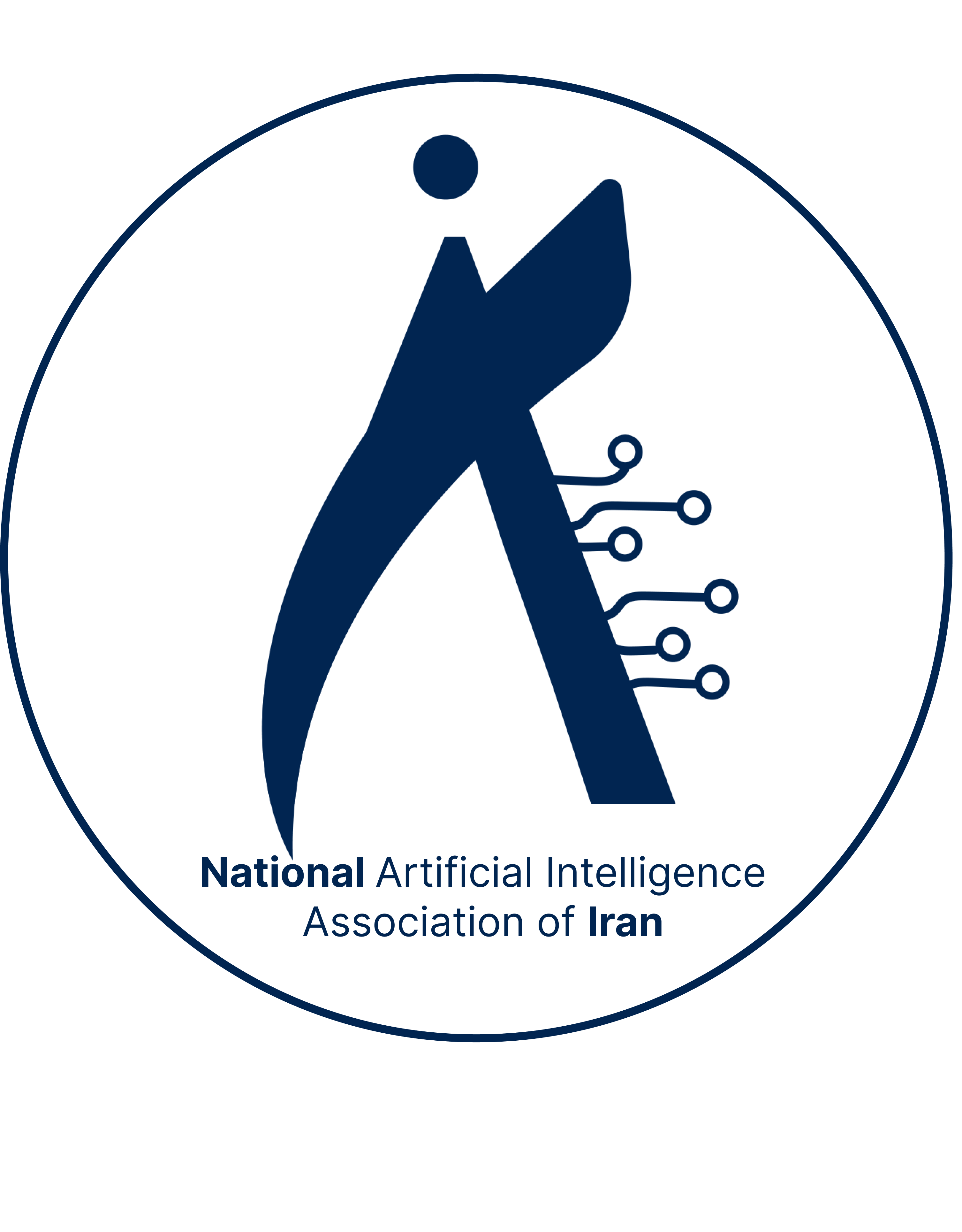Modeling the National Pattern of Sports Development in Iranian Families
Keywords:
Sport development, Citizenship sport, Family sport, Development modelAbstract
The aim of the present study was to provide a model for analyzing and managing the development of family sports in Iran. The research method was a mixed-method approach, combining quantitative and qualitative research. In the qualitative section, an exploratory and systematic approach was used. The qualitative population included two parts: the human community (managers, professors, coaches, etc.) and the informational community (books, articles, documents, media, etc.). Sampling was done based on theoretical saturation through purposive sampling (19 individuals and 84 documents). In the quantitative section, a questionnaire was distributed and collected among the human community through purposive and convenient sampling (215 individuals). The research tools included a library study and structured exploratory interviews in the qualitative section, and a questionnaire in the quantitative section. The validity of the qualitative tools was assessed and confirmed based on the legal and scientific credibility of the statistical sample, expert opinions, and the agreement coefficient between coding evaluators. In the quantitative section, content validity and model fit indices were used. For data analysis, multi-stage coding and a systematic analysis approach were employed in the qualitative section, and structural equation modeling in SmartPLS software was used in the quantitative section. The identified research framework in the qualitative section included four general perspectives: family capacities for sports participation (5 dimensions and 16 components), ecosystem capacities for family sports development (5 dimensions and 20 components), mechanisms of family sports participation (6 dimensions and 26 components), and outcomes of family sports participation development (4 dimensions and 17 components). The nature of the relationships between variables in the model was determined based on causal relationships and systematic analysis. Additionally, challenges and strategies for family sports development were determined according to the model framework. It can be said that the development of family sports emerges from the systematic interaction and integration of the components of the two perspectives: family and ecosystem, in the process of sports participation. The ultimate goal is to achieve sustainable development of civic sports and social health centered around the family institution.
Downloads








